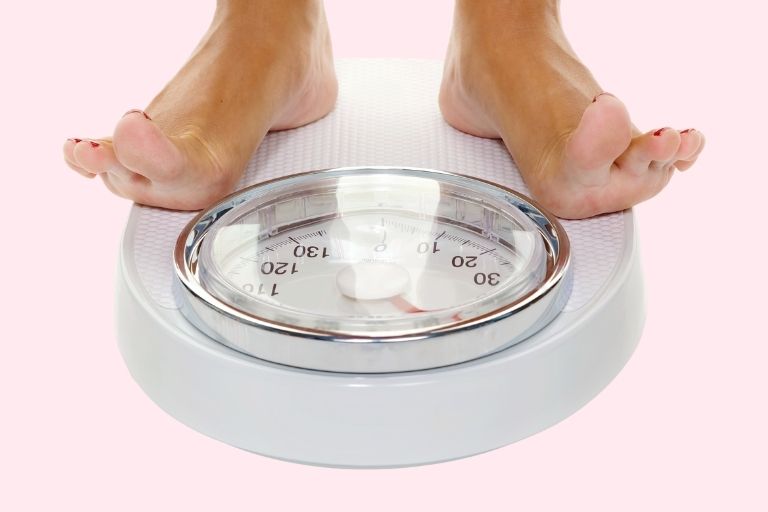Did you know that gallbladder removal or cholecystectomy is one of the most common procedures in the US (1)? If you’ve undergone this surgery, you’re likely aware that you may have to adjust your diet, especially in the beginning, to avoid digestive issues. Some people ask if it’s possible to do keto without a gallbladder.
Considering that the gallbladder facilitates the storage and release of bile, which aids in fat breakdown, its absence can present challenges when adopting a high-fat diet like keto.
In this guide, we’re going to explore the role of the gallbladder in fat digestion, how your digestion might change without this organ, and what you can do if you’re planning to follow a keto diet after gallbladder removal.
Gallbladder and Its Role in Fat Digestion
The gallbladder is a small, pear-shaped organ located just beneath the liver, on the right side of the abdomen. As an accessory organ, meaning that it secretes substances for digestion, its main function is storing and concentrating bile. The bile is produced by your liver, which then releases it when fat (from the food you eat) is present.
Bile serves as a natural emulsifier of dietary fats. This enhances the efficiency of fat digestion as it mixes with the food (containing fat) in the small intestine. For individuals who do not have a gallbladder, the bile produced by the liver flows directly into the small intestine instead of being stored and concentrated (2).
What Happens If You Don’t Have a Gallbladder?
If you’ve had your gallbladder removed, your bile becomes less concentrated. Moreover, it flows constantly from your liver into your small intestine. Although there’s a steady supply of bile, it won’t be as concentrated as it would be with a gallbladder present.
With this reduced concentration, fat digestion is less efficient. For this reason, it’s better to eat smaller amounts of fat at a time for better digestion. Large amounts of fat may lead to diarrhea, bloating, gas, and indigestion.
It’s important to keep in mind that proper fat digestion is needed for your body to absorb fat-soluble vitamins — these are vitamins A, D, E, and K, which are vital for vision, immune function, bone health, and blood clotting (3).
When it comes to the possible long-term effects of gallbladder removal, this includes digestive problems like intolerance to fatty foods, intermittent abdominal pain, and bile reflux (which results in regurgitation, indigestion, and heartburn) (4).
However, according to a 2019 review article in Gastroenterology Research and Practice, more than half of patients who’ve undergone laparoscopic cholecystectomy do not suffer from adverse symptoms (5).
Can You Follow a Keto Diet Without a Gallbladder?
Given the role of the gallbladder in facilitating fat digestion, those without a gallbladder will need to make necessary adjustments so they can properly metabolize fat. With that, adopting a high-fat keto diet is possible as long as you tweak your fat intake.
You can live a healthy life following a keto diet without a gallbladder, and may even reap the benefits of reducing carbohydrates and added sugars. This includes a lower risk of pancreatic cancer, which is a possibility in people with gallstones, although pancreatic cancer is rare (6). Others include improved gut health, since keto foods are naturally low in gluten, fat loss, and better metabolic health, among others.
How to Follow a Keto Diet Without a Gallbladder
If you decide to go on a keto diet, remember to adhere to certain adjustments to improve your chances of success. As with everyone else who’s new to keto, start with a gradual transition. This means reducing your carbohydrates slowly and keeping your fat intake moderate for a few days. Fat should comprise around 25% of your calories, instead of the standard keto recommendation which is 60-80% fat.
While gradually increasing your fat, focus on eating smaller, frequent meals. Avoid consuming large meals with too much fat to prevent discomfort and diarrhea. Another important reminder is to not force yourself to finish your entire plate. Stop when you feel comfortable full.
Fiber and quality fats are your friends when it comes to foods that support digestion. Fiber works by slowing down the absorption of fat. Quality fats, such as avocados, olive oil, fatty fish, nuts, and seeds, are some of your best options on keto.
Speaking of quality fats, you might want to consider adding medium-chain triglycerides (MCT oil) to your diet. Interestingly, MCT oil as a source of pure fat is easy to digest and does not require the presence of digestive enzymes (bile or pancreatic enzymes).
Last but not least is to try taking digestive enzymes in supplement form. We recommend consulting with a healthcare provider to determine whether you need a digestive enzyme — and if the answer is yes, which digestive enzyme to take.
What are the Risks of Following a Keto Diet Without a Gallbladder?
Having your gallbladder removed can pose challenges pertaining to fat digestion. This includes diarrhea, which is often worsened due to eating large amounts of fat at once. Some people may also be intolerant to the keto diet itself or find it difficult to sustain — because aside from adjusting your fat intake, you need to keep carbs at less than 50 grams.
However, once your body adapts to not having a gallbladder and your new diet, normal digestion resumes. It will help to record the keto foods you eat, which will allow you to identify which foods and specific amounts of foods trigger digestive issues. That way, you can try reducing the amount of a “trigger” food and see if it helps — or eliminate it.
More importantly, remember that every person’s experience with the keto diet is unique. Pay attention to your body’s signals, and work with a registered dietician or healthcare professional who can help monitor your symptoms while providing personalized advice.
The Bottom Line
The absence of a gallbladder can impact fat digestion, which will likely lead to digestive discomfort, especially in the beginning.
For individuals who decide to embrace a ketogenic approach because of its benefits, such as weight loss and improved metabolic health, certain adjustments are necessary. As we’ve discussed, you will need to transition gradually and eat smaller meals throughout the day. You can still digest fat, although remember that you cannot eat large amounts of fat in one sitting.
Because the keto diet isn’t a one-size-fits-all approach, listen to your body. Do food journaling and seek the advice of a health professional who can help you adhere to this diet successfully even without a gallbladder.



